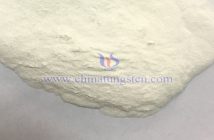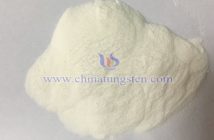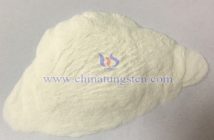Ammonium metatungstate (AMT) produced by CTIA GROUP LTD is a compound formed by the combination of ammonium cations and metatungstate anions, classified as a composite salt. In appearance, it typically presents as a white crystalline powder, occasionally with a slight yellowish hue, and is widely used in fields such as petrochemicals, electronics, aerospace, and fire-resistant fabrics.
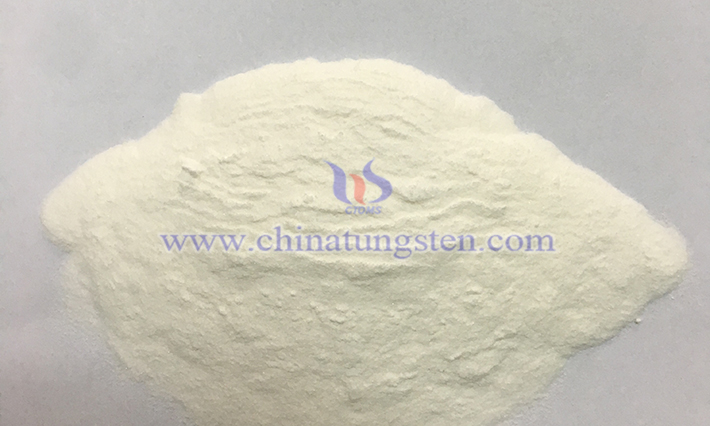
I. Appearance of Ammonium Metatungstate
AMT from CTIA GROUP LTD is highly distinctive in appearance, usually manifesting as a typical white crystalline powder under normal conditions. However, under certain environmental or production conditions, it may exhibit a faint yellowish tint. These powders are extremely fine, with each crystal being small and uniform. When lightly touched, they feel distinctly dry, without any sense of moisture or stickiness.
II. Solubility of Ammonium Metatungstate
In terms of solubility, AMT is highly soluble in water, capable of dissolving approximately 300 grams per 100 grams of water at 20°C. This property makes it exceptionally convenient for preparing aqueous solutions. Notably, AMT’s solubility in water surpasses that of ammonium paratungstate (APT) under the same conditions, marking a key distinction between the two and enabling AMT to stand out in applications requiring high-concentration tungstate solutions. However, AMT is insoluble in organic solvents like ethanol, a characteristic that must be carefully considered when selecting solution systems.
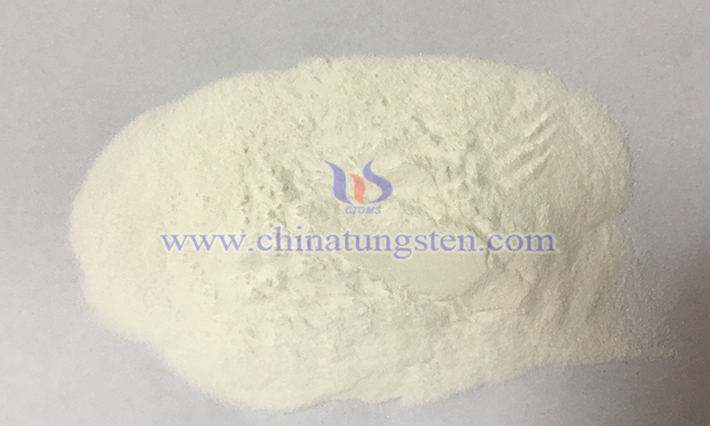
III. Stability of Ammonium Metatungstate
AMT from CTIA GROUP LTD exhibits excellent stability, maintaining its chemical structure and properties under ambient temperature and pressure. It does not readily react with common substances in the air, such as oxygen or carbon dioxide, allowing it to remain stable over extended periods. This stability eliminates the need for stringent storage and transportation conditions, reducing associated costs and risks.
IV. Thermal Properties of Ammonium Metatungstate
From a thermal perspective, AMT boasts high thermal stability, capable of withstanding elevated temperatures without decomposing. Generally, it remains stable below 300°C. However, at higher temperatures, it undergoes gradual decomposition, releasing ammonia and other products, ultimately transforming into substances like tungsten oxide. This thermal decomposition property is critical in industrial processes requiring precise control of product composition and reaction conditions.
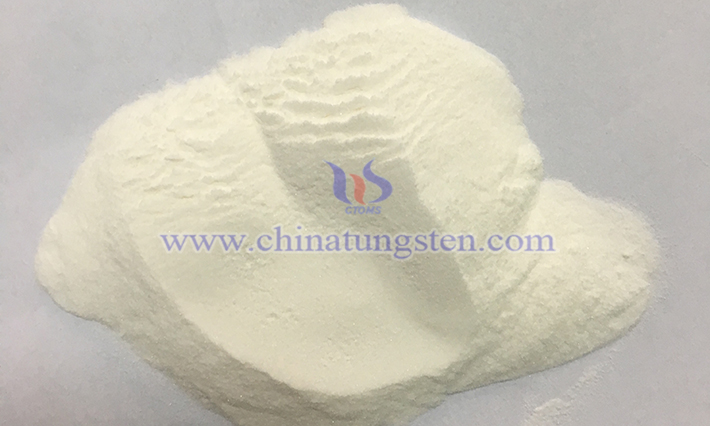
V. Chemical Reactivity of Ammonium Metatungstate
AMT possesses a degree of chemical reactivity, enabling it to react with various substances under specific conditions.
Reaction with Acids: When AMT encounters strong acids like nitric acid or hydrochloric acid, a double decomposition reaction occurs. The ammonium ions exchange with hydrogen ions in the acid, forming corresponding ammonium salts and metatungstic acid.
Reaction with Bases: When reacting with strong bases such as sodium hydroxide or potassium hydroxide, the metatungstate anions in AMT combine with the cations in the base, producing corresponding tungstates and releasing ammonia gas.
VI. Toxicity of Ammonium Metatungstate
From a toxicity perspective, AMT is classified as a hazardous chemical. It has an acute oral toxicity rating of Category 4, indicating that it is harmful if swallowed. Accidental ingestion can damage the digestive system and adversely affect health. Additionally, it is rated Category 1 for serious eye damage/eye irritation, meaning it can cause severe eye damage. Even minimal contact with the eyes may result in intense pain, redness, and swelling.

